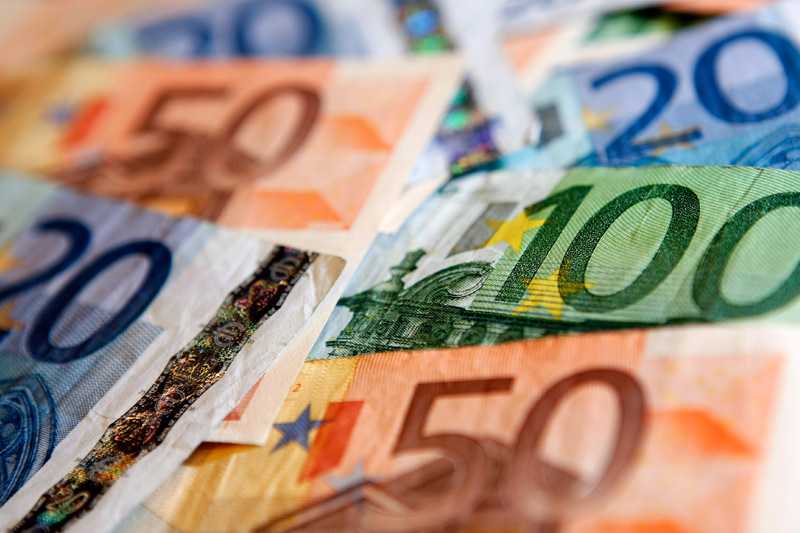Investing.com - The euro backed off two-year peaks against the dollar on Thursday, turning broadly lower after European Central Bank President Mario Draghi indicated that the bank could implement fresh earing measures at its next meeting in June.
EUR/USD slid 0.18% to 1.3887, after rising as high as 1.3994 earlier, the strongest level since October 2009.
The pair was likely to find support at 1.3870 and resistance at 1.3875.
The euro gave up gains after Draghi said the ECB governing council is comfortable with acting at its next meeting to stop euro area inflation from falling too low, but it wants to review new staff economic projections first.
Draghi said that recent weakness in inflation has been due to food and energy prices, but the strong euro and weak domestic demand are also pushing down inflation. He reiterated that the ECB does not have a target for the euro exchange rate, but said that the bank would closely monitor exchange rate developments.
The euro rose to two-year peaks against the dollar earlier after Draghi reiterated the bank’s forward guidance, saying that interest rates will remain at their present, or lower, levels for a considerable time, but stopped short of indicating that fresh easing was imminent.
The ECB chief said the latest data shows that the European economy is recovering, in line with the banks forecasts, but also pointed to a prolonged period of low inflation, followed by only a gradual rise in prices.
Earlier Thursday, the ECB voted to leave its benchmark interest rate unchanged at the record low of 0.25%, in a widely anticipated decision. The central bank also held its marginal lending rate and its deposit facility rate at 0.75% and zero, respectively.
Elsewhere, the euro fell to session lows against the yen and the pound, with EUR/JPY down 0.34% to 141.21 and EUR/GBP losing 0.16% to trade at 0.8190.
In the U.S., the Department of Labor reported that number of people who filed for unemployment assistance last week fell by 26,000 to 319,000 from the previous week’s revised total of 345,000.
Analysts had expected jobless claims to fall by 20,000 to 325,000.
